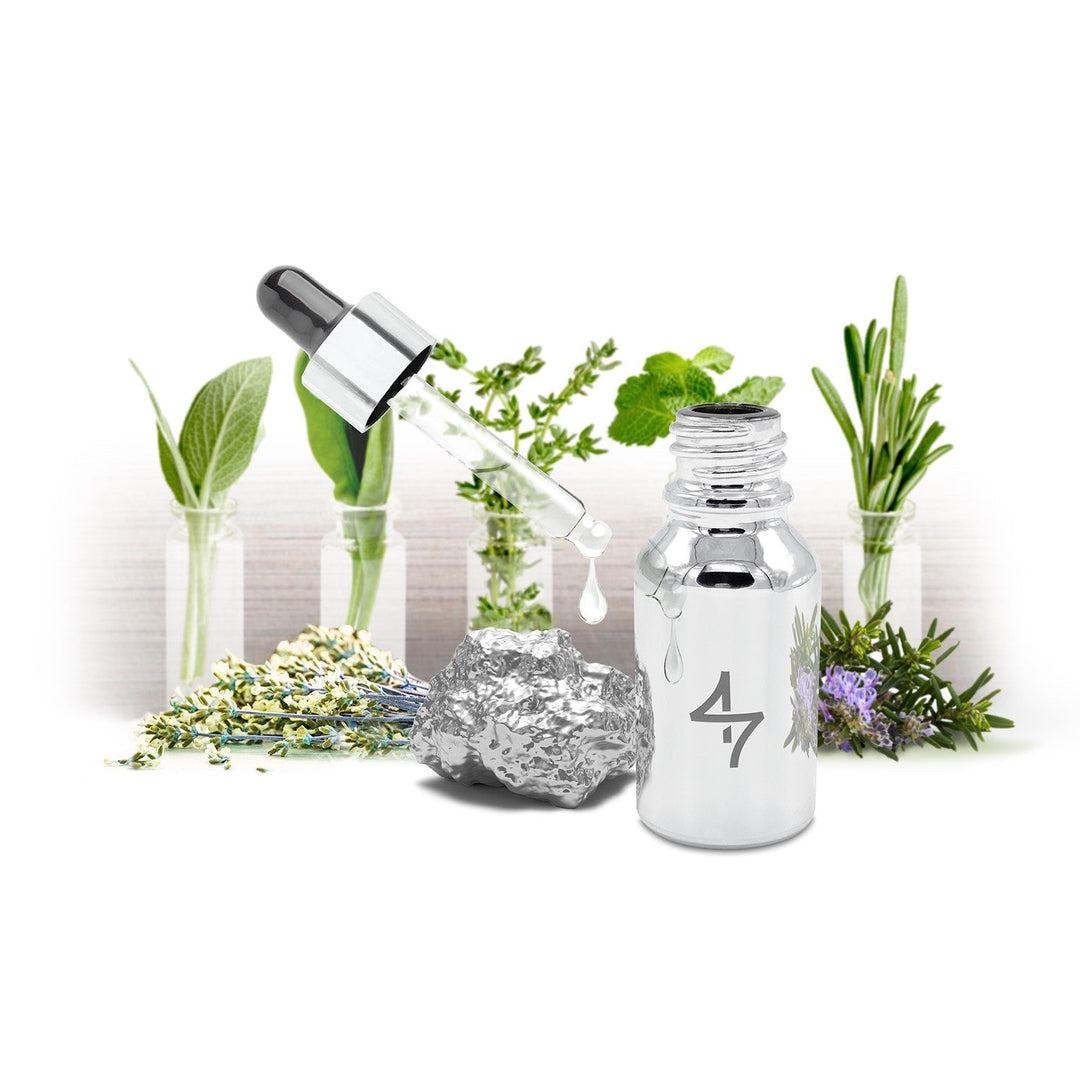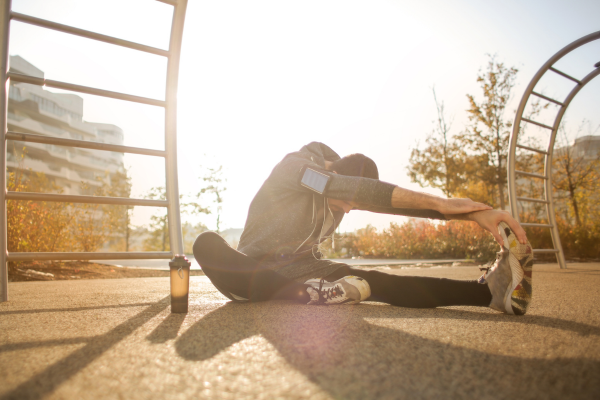There are a lot of things we didn’t expect to happen in 2020. The role that masks would play in our lives has become a new one—and high on the list. Perhaps even more unexpected, and to some contentious seems to surround when, if and how we should wear them.
As a result, several myths are floating around. Some can easily strip away the credit pieces of cloth, bandanas, or disposable shields deserve in our fight against issues like COVID-19.
Sifting through all the articles, reports, and commentary on masks is time-consuming. Therefore, we’ve gathered some of the most popular face mask myths out there as well as some great tips to help you protect yourself and your loved ones.
Myth #1: Masks don’t stop the spread of COVID-19
Numbers are rising, there are reports of those wearing masks getting COVID-19, and sometimes it’s hard to believe that a small piece of cloth can do such heavy lifting. But claims that masks don’t stop the spread of COVID-19 are, in our view, not entirely true. This is a notion supported by not only the CDC and WHO, but research and scientific communities in general.
How? Masks can stop or limit the number of respiratory droplets that escape after someone talks, laughs, yells, sings, or simply breathes. As such, the risk of transmission decreases.
Myth #2: All masks are created equal.
We know that any mask is better than no mask, but that doesn’t mean all masks provide the same protection to users and those around them. N95 masks, which are typically saved for the medical community, are reported to offer the highest protection level, preventing up to 95% of airborne particles.
Additional documented research has found that surgical masks offer slightly more protection than cotton cloth masks. Even cloth masks vary based on composition—e.g., 2 are better than 1; and washability protocols are also factors.
What about masks composed of other materials? Pure Silver-plated masks can offer users an additional boost by leveraging the antimicrobial and antiviral properties of this historically prestigious and efficacious medal.
Myth #3: Masks only protect others, not me.
At the beginning of the pandemic, we weren’t sure if masks offered any protection for the user. But, as is often the case with science, more research provided us with better insight into the matter.
As of November 10, 2020, the CDC has released compelling new evidence that masks actually protect the wearer. If we all mask up, we can see significant decreases in transmission while also saving trillions of dollars lost to lockdown and other associated losses.
Myth #4: Healthy people don’t need to wear masks.
Feeling at the top of your health game? Even if you feel fine and aren’t displaying any symptoms commonly associated with COVID 19, it’s possible that you still can be infected.
Some people are lucky enough to remain asymptomatic after infection, but they can still spread the disease to others—friends, family, and fellow grocery store shoppers alike.
Myth #5: A mask will prevent me from getting enough oxygen.
If putting something over your mouth can prevent others from breathing in your germs, it must also restrict the amount of air you take in. Science says, “not the case.” Even individuals with impaired lungs didn’t experience any “major changes” in the amount of oxygen they inhaled. The mask’s density may be a comfort and breathability factor and, if too restrictive to airflow, may have implications that are not ideal.
Myth #6: It’s okay to take my mask off in public as long as no one is around.
While it may be okay to take your mask off if you’re outside and no one is in sight, the same isn’t true for any type of indoor setting. Research suggests that COVID-19 may be “viable in aerosols” for up to three hours, with colder, less humid air allowing it to survive longer.
Of course, the viability of a virus in the air can change from environment to environment, but research in May of this year indicated that it could remain airborne for8 - 14 minutes in confined spaces. That may make it a bit risky to take it off in an elevator, office, etc., where others may enter at any moment.
Myth #7: You don’t need to wear a mask outside.
As mentioned above, if you’re out and about with proper social distancing, the chance of infection is lower. And in some cases, it may not be necessary to wear a mask.
But if you’re entering a crowd, your best bet is to keep a mask on. The risk of infection increases the closer you get to other people and the more crowded space, even if you’re outside.
Myth #8: Wearing a mask means I don’t have to follow social distancing guidance.
Masks, no matter their composition, are not 100% effective in preventing the spread of COVID-19. They are, however, a powerful tool in doing so. Just because you wear a mask doesn’t mean you should neglect social distancing rules, especially in crowds.
Droplets can still escape, and how many depends on factors like the material used to make the mask, how it's worn, and what activity is taking place (e.g., singing, yelling, sneezing, etc.). Maintaining social distance can help further reduce risk.
Myth #9: A mask is effective even if I only wear one over my mouth?
If you’re heading out with your nose proudly exposed, you may be putting yourself and others at risk. Masks should fit snugly around your nose and mouth to prevent airdrops from escaping your mouth/nose and prevent you from inhaling any that may be transmitted by those around you. Make sure you find a mask that properly fits and covers both your mouth and your nose.
Myth #10: If I had Coronavirus, I don’t need to wear a mask.
After a virus, it has been reported that our bodies tend to produce antibodies that help fight similar battles should we encounter the same germs in the future. The existence and role of antibodies is a popularly held view, but how long COVID-19 antibodies are present in the human body is still unknown.
There are several examples of COVID reinfection across the globe, including one in Nevada, where a 25-year-old was infected twice, within six weeks.
Finding the right one for you can make it easier, safer, and more comfortable during these trying times. Check out our full selection of TRU47’s silver and copper masks to find the perfect one to help protect you and those around you.





